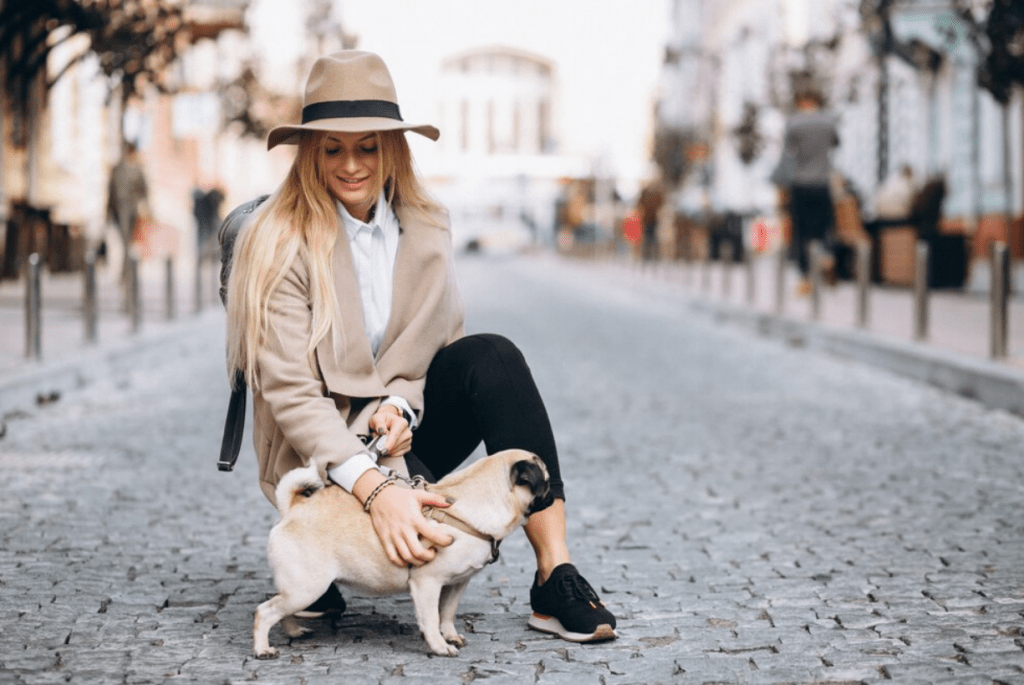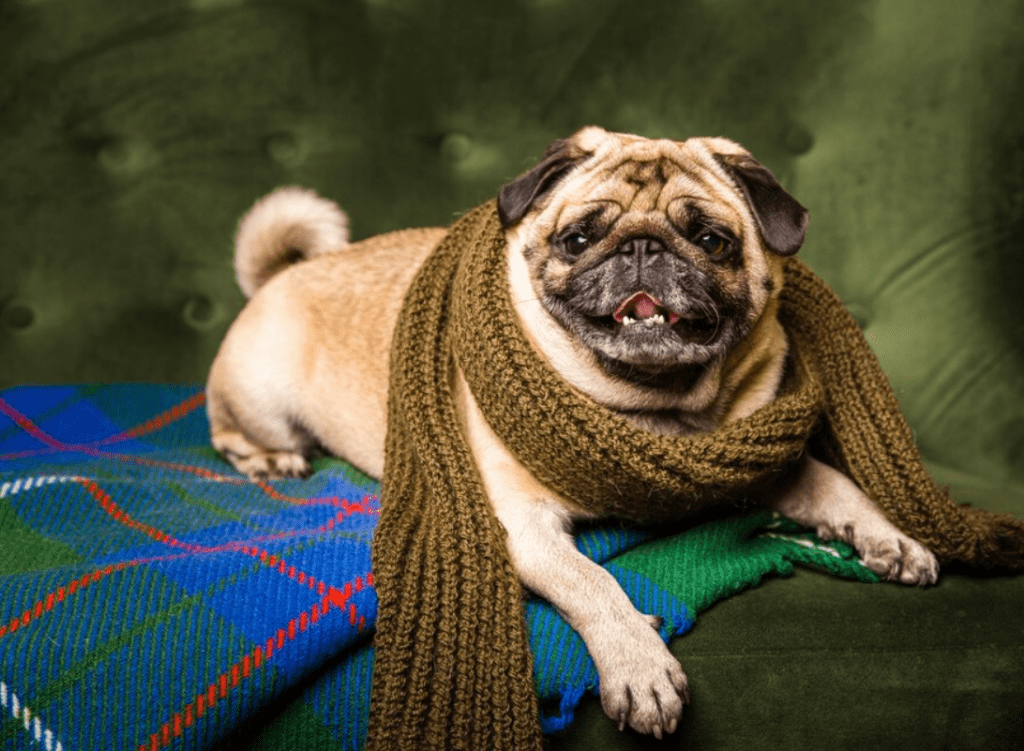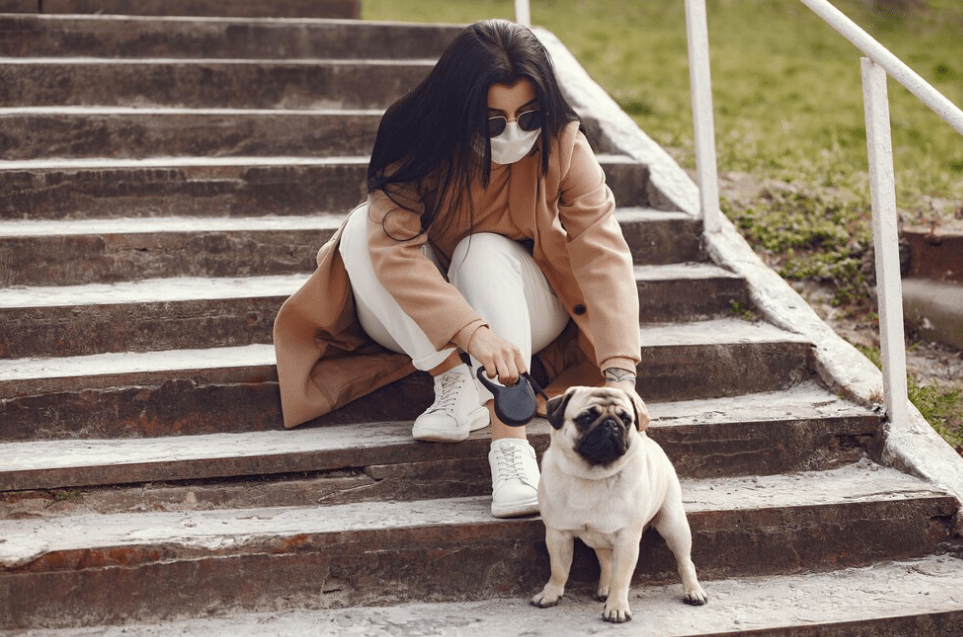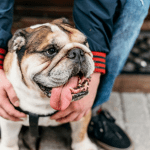We know you wish to remain home all day and nestle with your dog, but it is impossible. After all, you have work, school, and chores. So, how long can you leave your dog alone? What will they do while you’re gone?
As your puppy ages, slowly increase the amount of time you leave them alone. Adult dogs are usually left for 4-6 hours daily. Yet, many dogs can adapt to being alone for 8-9 hours while you are at work if they are given enough area to walk around freely.

How Long Is Safe to Leave Your Pup Alone
When leaving your dog alone, the golden rule is safety first. The length of time your pup can handle depends on the dog’s age, breed, and temperament. Puppies typically have shorter tolerance than adult dogs and must frequent potty holidays and social interaction.
A general guideline is that healthy adult dogs can be left alone for 4-6 hours. Regardless, this should not be the standard, and longer durations may lead to anxiety or behavioral issues.
Factors like exercise level, mental stimulation, and previous training also affect how long your dog can cope with privacy. Recognize that every dog is unique; some may thrive at home alone, while others need more company.
Observing your pet’s behavior and gradually increasing their alone time can help you gauge their comfort level. Prioritizing your dog’s well-being ensures a happy and stress-free separation experience.
What’s the Limit on Leaving Dogs Solo?
As dog owners, we often find ourselves juggling busy schedules and responsibilities. It’s essential to consider the well-being of our furry companions when determining how long they can be left alone.
It’s crucial to assess your dog’s specific needs and make arrangements accordingly if you expect to be away for an extended period. Consider enlisting the help of a pet nurse or using daycare services to ensure your pup receives the care and attention they deserve.
Decoding Alone Time Guidelines For English Dogs
Puppies should not be left alone as long as adult dogs due to their higher energy levels and need for frequent bathroom breaks. Some breeds are more independent and may handle more extended periods solo better than others.
It’s crucial to consider your dog’s specific temperament and behavior when determining their alone time limits. For most dogs, gradual desensitization to being alone can help reduce anxiety.
Start by leaving them alone for short intervals and gradually increasing the duration. Providing mental motivation through toys or puzzles can also help keep them occupied in your absence.
Determinate every dog is unique, so trust your instincts and observe how they react to being left alone before establishing a routine.

Alternatives To Leaving Your Dog Alone
If leaving your dog alone for extended periods is not ideal, there are alternatives to consider. These options provide companionship while you are away.
Doggy Daycare: Enroll your dog in a doggy daycare facility where they can socialize and play with other dogs under supervision while you’re away.
Pet Sitters: Hire a pet sitter to stay with your dog at home while you’re away, providing company, feeding, and walking services.
Interactive Toys: Interactive toys like puzzle feeders can also help keep them entertained while you’re out. Ask friends or family members to join and spend time with your dog to keep them mentally stimulated and entertained while you’re gone.
Pet Cameras: Setting up a camera system allows you to check on your furry friend remotely throughout the day. And even interact with them through double-way audio features.
Dog Playgroups: Join dog playgroups or organize playdates with other dog owners in your area, allowing your dog to socialize and burn off energy in a safe environment. Some dogs benefit from having another animal companion for the company during the day.
Exploring these alternatives can ensure your pup stays happy and healthy even when you need to be away from home for an extended period.
Potential Risks of Leaving Dogs Alone for Too Long
Separation Anxiety:
Dogs are pack animals with a strong bond to their human companions. When left alone for extended periods, they can experience separation anxiety, leading to distressing behaviors.
Symptoms of separation anxiety may include extreme barking, howling, walking, panting, drooling, dangerous chewing, exploring, attempting to escape, and improper elimination indoors.
Boredom and Loneliness:
Dogs thrive on social interaction and mental stimulation. Without proper engagement, they can become bored and lonely. Boredom can lead to various behavioral issues, including destructive chewing, excessive barking, pacing, and attention-seeking behaviors.
Loneliness may contribute to depression and anxiety in dogs, affecting their overall happiness and behavior.
Health issues:
Lack of regular bathroom breaks can lead to urinary tract infections, bladder stones, or urinary incontinence. Insufficient exercise and mental stimulation can contribute to obesity, muscle atrophy, joint stiffness, and other health problems.
Deficient hydration may result in dehydration, which can be particularly problematic during hot weather or for dogs with specific health conditions.
Noise Complaints:
Excessive barking or howling from a lonely dog can disturb neighbors, leading to noise complaints, strained relationships, or legal consequences. Continuous barking may result in interventions from local sources, such as noise regulations or damages.
Emotional Distress:
Dogs are sentient beings capable of experiencing emotions such as sadness, anxiety, and depression. Long periods of loneliness and isolation can lead to emotional pain, negatively impacting the dog’s overall well-being and quality of life. Emotional distress may be displayed as changes in hunger, sleep disturbances, boredom, or leave.
To mitigate these risks, consider enlisting the help of a professional dog sitter or using daycare services if you anticipate being away for an extended period. Enforcing interactive toys, puzzle feeders, and comforting items with familiar scents can also help alleviate some of the challenges of leaving your dog alone for too long.


